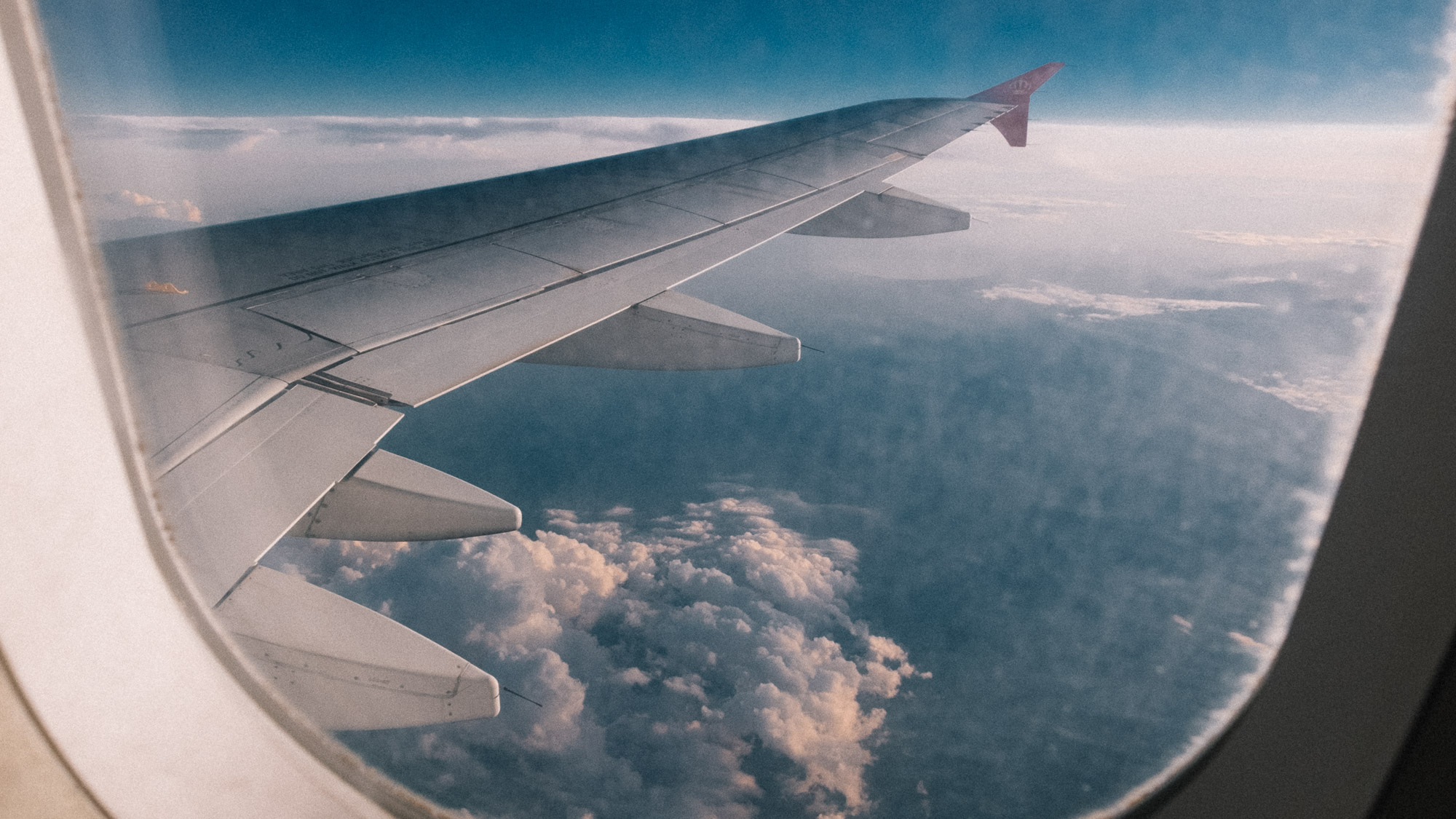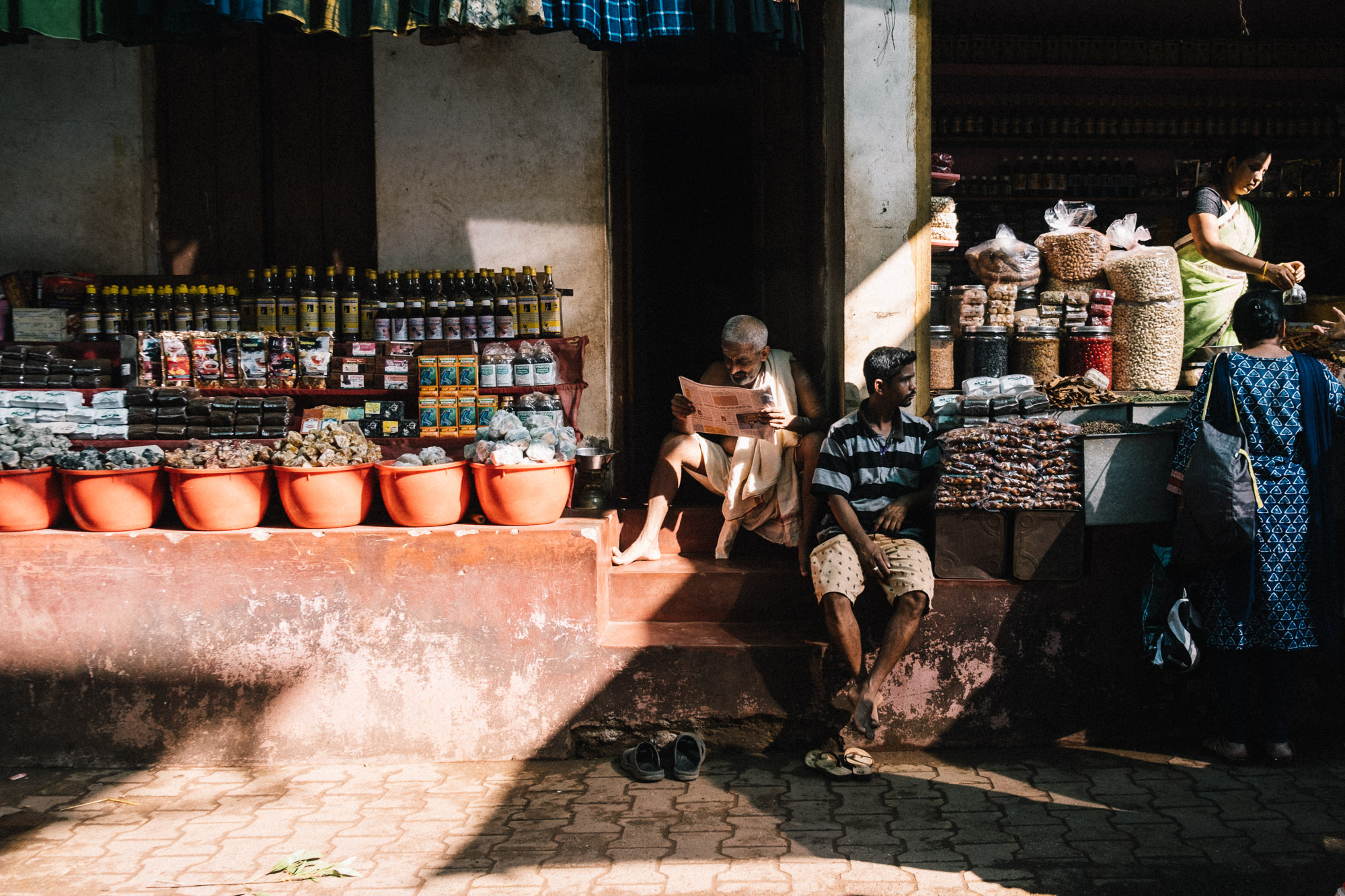india
-
Railing away from Mumbai to South India
A bustling cosmopolitan with food to die for. Pristine beaches and calm and tranquil backwaters. The city of Mumbai and the Southern Indian states surprised us in so many ways. This should be your next holiday destination.
Written by
-
India: Chaos and five bicycles stuck in the middle
India is not the first country that comes to mind on a bicycle tour around the world. But we were drawn to the culture, the cuisine and the warm climate. We were looking forward to all the chaos, which somehow always seems to work out exactly how it was supposed to. We’re just not sure…
Written by



